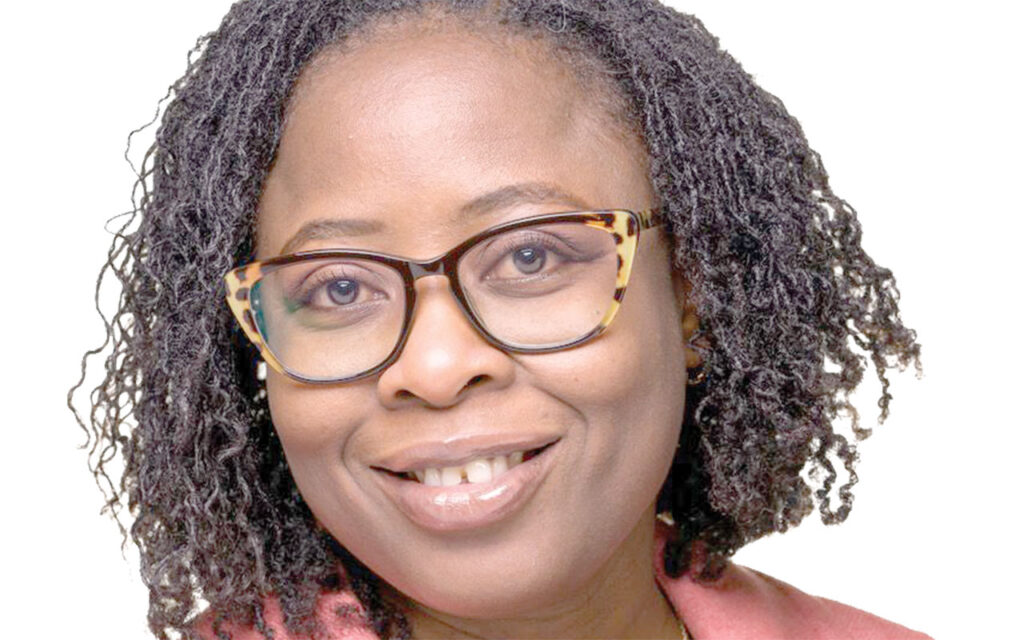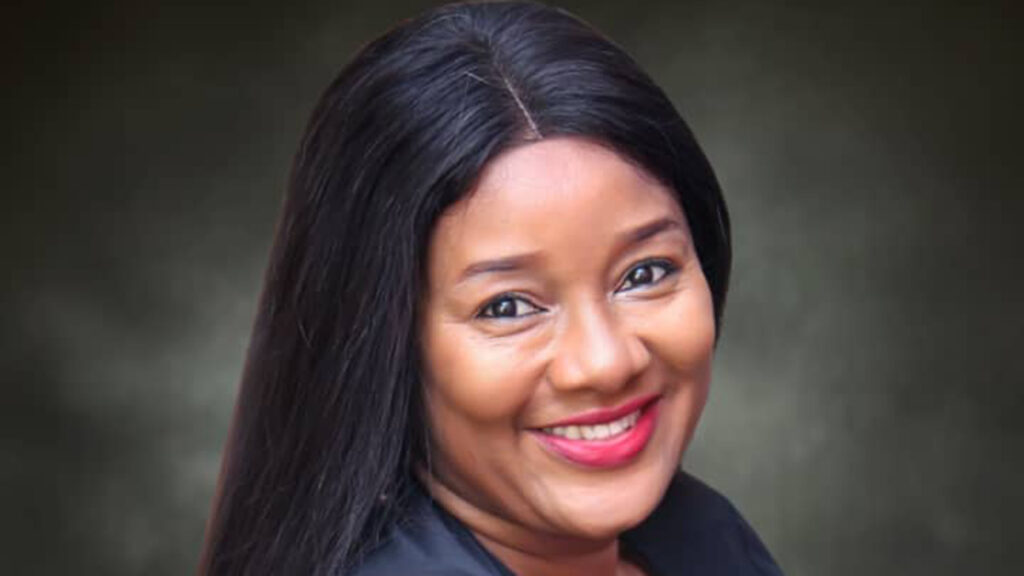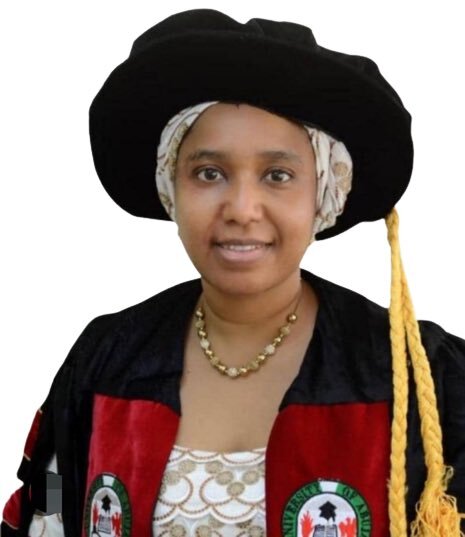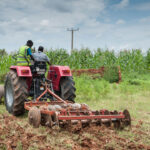
Stella Afolayan has decades of experience in researching extreme weather both in Nigeria and the U.S. In this interview with KINGSLEY JEREMIAH, Afolayan explains the current weather concerns across the world, especially heatwaves and wildfires, and her many researches which aim at possible solutions as well as the roles individuals can play to save the planet.
Nigeria is currently facing serious heatwaves. What’s your take on this and what do you think this will look like in the coming years?
In recent years, we have noticed more heatwaves in Nigeria and this matches up with what is happening around the world due to climate change. These heatwaves are characterised by high temperatures that last a long time. The reasons behind the increasing number of these hot spells include changes in our global climate, but also local issues like cutting down forests, building up cities and the heat that gets trapped in crowded places. A lot of this climate change comes from human actions such as burning fossil fuels, cutting down trees and other activities that warm up our planet. This warming increases the chances of having more and severe heatwaves.
If we don’t start taking action to slow down climate change and get ready for its effects, Nigeria and many other countries will face heatwaves that are more frequent, last longer and are even hotter than before. This could lead to health problems, harm our farms, affect our water supply and shake up our economy.
Tell us about yourself and your interest in extreme weather research?
I was born in Lagos and received my primary and secondary education. I earned a Bachelor of Technology (B.Tech) in Meteorology from the Federal University of Technology, Akure (FUTA) and subsequently participated in the National Youth Service Corps (NYSC). After completing my NYSC, I joined the Nigerian Meteorological Agency (NiMet) as a meteorologist and completed my Master’s degree in Atmospheric Science within my first two years at the agency.
As a child, one of the activities my parents encouraged my siblings and me to do was watching news. We would watch various broadcasts, from local to international news, where I was particularly captivated by weather events leading to disasters. This interest sparked my decision to study Meteorology and later work in a meteorological agency. However, my zeal to pursue research in extreme weather events developed from observing firsthand the devastating impact of such phenomena on communities and the environment. This exposure ignited a desire to contribute to better understanding and mitigating the effects of extreme weather, driving my current research endeavors.
What was your experience like at the Nigerian Meteorological Agency and why did you opt for the U.S?
I had an exciting experience at NiMet, where I conducted comprehensive weather forecasts and analyses for various regions, utilising climate models and advanced data-gathering techniques. I was responsible for validating forecasts using satellite and observed data, and provided tailored weather forecasts to clients, including land and marine forecasts and detailed weather outlooks. Additionally, I supervised the production of on-air weather graphics, ensuring accuracy and relevance, and contributed to monthly weather bulletins for agricultural, hydrological and environmental assessments in the West African region.
Let’s talk about your Hurricane Weather Research and Forecasting (HWRF). What is significant about this research for the U.S. and the world?
The HWRF model is a sophisticated tool used by weather experts to track and predict the strength and path of tropical storms. It was developed by the National Centers for Environmental Prediction (NCEP) and integrates data from satellites, aircraft and other observational tools to simulate the atmospheric and ocean conditions that influence tropical cyclones. In a project funded by the Department of Homeland Security (DHS), I utilised the Grid Analysis and Display System (GrADS) to enhance the precision of the HWRF model, significantly improving the prediction of the tracks and intensity of Hurricane Florence.
Increasing the accuracy of hurricane tracking and intensity predictions leads to more effective evacuation plans, better preparation by emergency services and, ultimately, the safeguarding of lives. Additionally, it reduces false alarms, helping to prevent unnecessary preparations for hurricanes in areas where these storms may change course or dissipate. Enhancing the precision of the HWRF model also contributes to a deeper understanding of hurricane dynamics and their interactions with the broader climate system.
Do you think Nigeria should be worried about wildfires and hurricanes? Is it something that we will experience here?
In Nigeria, especially in the northern and some central regions, the risk of wildfires is something we should all be mindful of, especially during the intense dry seasons. These areas are prone to bushfires, which are common in grasslands and savannas and can be worsened by long dry spells, certain farming practices and the rising temperatures brought on by climate change. Even though our fires might not reach the sizes or frequencies of those in places like Australia or the U.S., they can still destroy crops, homes and natural areas, affecting the lives and incomes of our communities. It’s important for us to have plans in place to reduce and manage the risks of wildfires and to educate our communities about how to stay safe.
As for hurricanes, they are typically a concern for areas along the western Atlantic, like the Caribbean and the southeastern U.S. Thankfully, due to our location on the eastern Atlantic coast and prevailing winds, Nigeria usually doesn’t face direct threats from hurricanes. However, we do experience other significant weather challenges, such as heavy rains and flooding, particularly in our coastal and riverine areas, which can be just as devastating.
Although we don’t face hurricanes directly, the aftereffects of tropical storms in the Atlantic can still bring heavy rains to our door, leading to flooding. It’s crucial that we stay alert to our own environmental risks, like bushfires and flooding, and work on preparing and protecting our communities, even if the threats we face differ from those elsewhere.
Nigeria is rated one of the countries that will be most impacted by climate change. What measures can we begin to take to limit or avert this crisis?
Nigeria can tackle climate change by taking action in many important areas. We can start by updating our environmental rules and adopting farming methods that are kind to the earth. We should plant more trees and invest in clean energy like solar or wind power. Managing our water better, improving our roads and buildings, and planning our cities smarter can also help a lot. It’s important that everyone knows about these environmental issues; so we need to spread the word and educate our communities. We also need to be ready for natural disasters before they happen, support new science and ideas that help the environment, and work together with other countries. By adding all these actions to our national plans, Nigeria can protect our natural surroundings, keep our people safe and play a big part in reducing the impacts of climate change worldwide.
Looking at what you did at NiMet and your new research ambition in the U.S., what do you think we can do differently in Nigeria?
Based on my experience at NiMet and my current endeavours in the U.S., several approaches could be implemented in Nigeria to enhance meteorological services and research, particularly in extreme weather events. Firstly, Nigeria could invest more in advanced weather monitoring and forecasting technologies, such as radar systems, satellites and automated weather stations, to improve data collection and analysis for more accurate and timely weather predictions.
Another area is establishing stronger collaborations between Nigerian meteorological institutions and international research bodies, facilitating knowledge transfer and capacity building. Nigerian scientists can gain new insights and methodologies that can be adapted to local conditions.
Thirdly, there is a need to implement comprehensive educational programmes to inform the public about weather-related risks and teach preparedness strategies, which can significantly reduce the impact of such events. Additional measures include data sharing, community engagement and funding and resource allocation.
Why are you fascinated about extreme weather?
Since I was young, I have been captivated by extreme weather events. Whether it was the floods in Nigeria’s southern regions, droughts in the north or nationwide heatwaves, I was always amazed at how these events impacted our health and environment. My curiosity only grew as I started my career, where the sheer intensity and unpredictability of hurricanes, tornadoes, blizzards and heatwaves drew me in. This curiosity turned into a deep passion as I aimed to predict these events more accurately, helping communities prepare better and make informed decisions. I’ve spent years diving into the science behind the weather, using advanced models to foresee future events. In the end, my love for this field comes from a place of wanting to understand nature’s immense forces, the detailed science behind our atmosphere and the ways we can better protect lives from extreme weather’s effects.
What is the future for you in the research of extreme weather?
In the future, my research on extreme weather will focus on understanding and predicting the complexities of atmospheric conditions that lead to events such as wildfires. I plan to develop enhanced predictive models and explore innovative land management strategies that will not only advance scientific knowledge but also create practical solutions to increase resilience and safety for communities facing the challenges of extreme weather conditions.
What role can we play as individuals to prevent extreme weather?
As individuals, we can mitigate the effects of extreme weather by reducing our carbon footprint through several methods – limiting energy use at home and work, switching to energy-efficient appliances and considering renewable energy sources. Other ways include conserving water and minimising waste by reducing consumption, reusing items and recycling materials. Proper waste management helps reduce pollution and greenhouse gas emissions. Additionally, supporting sustainable practices, educating others, advocating for environmentally friendly policies, planting trees and backing renewable energy initiatives are essential. Together, these actions can significantly reduce climate change’s impact and lessen extreme weather events’ frequency. Lastly, everyone should ensure they are well hydrated with the current heatwave condition.













